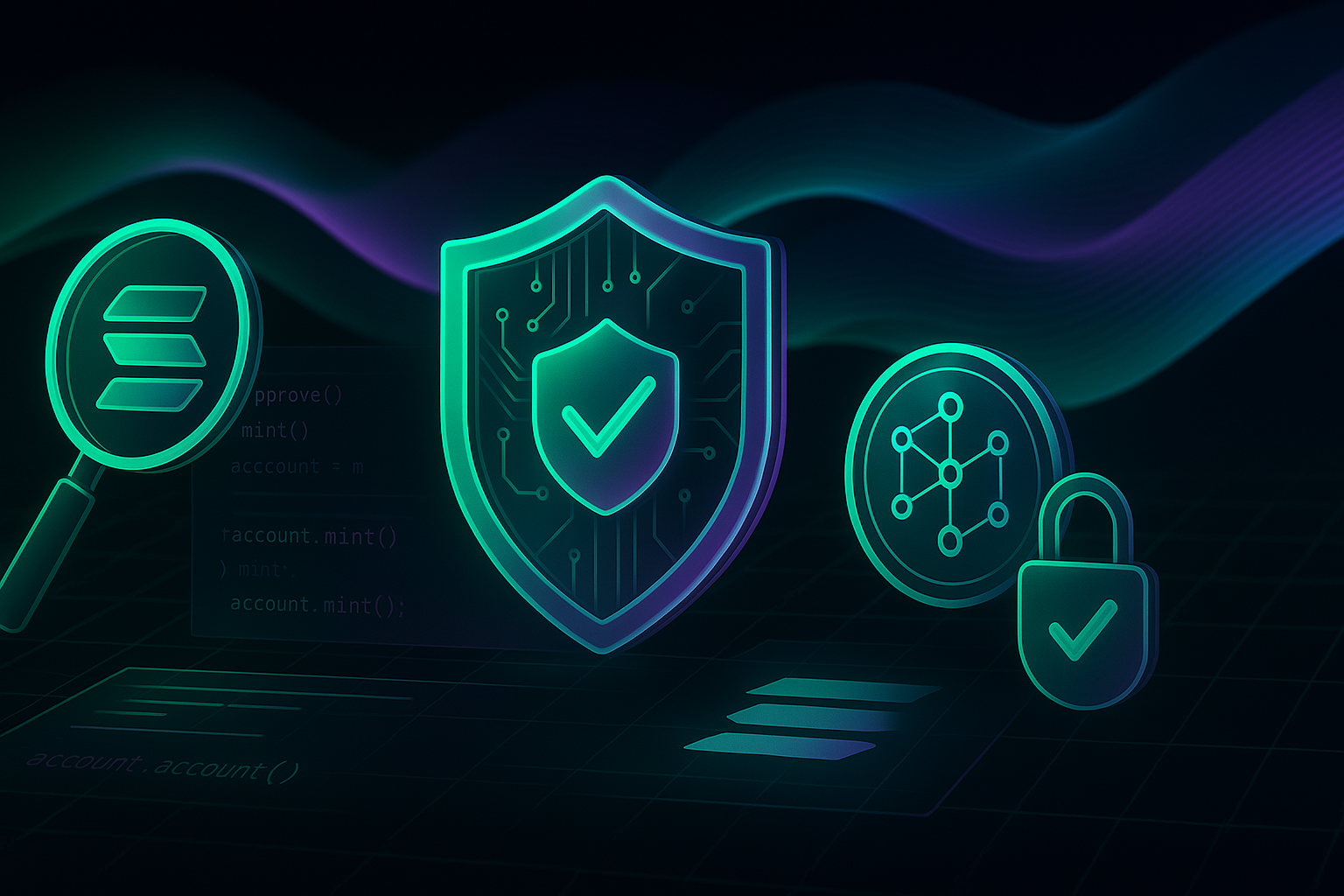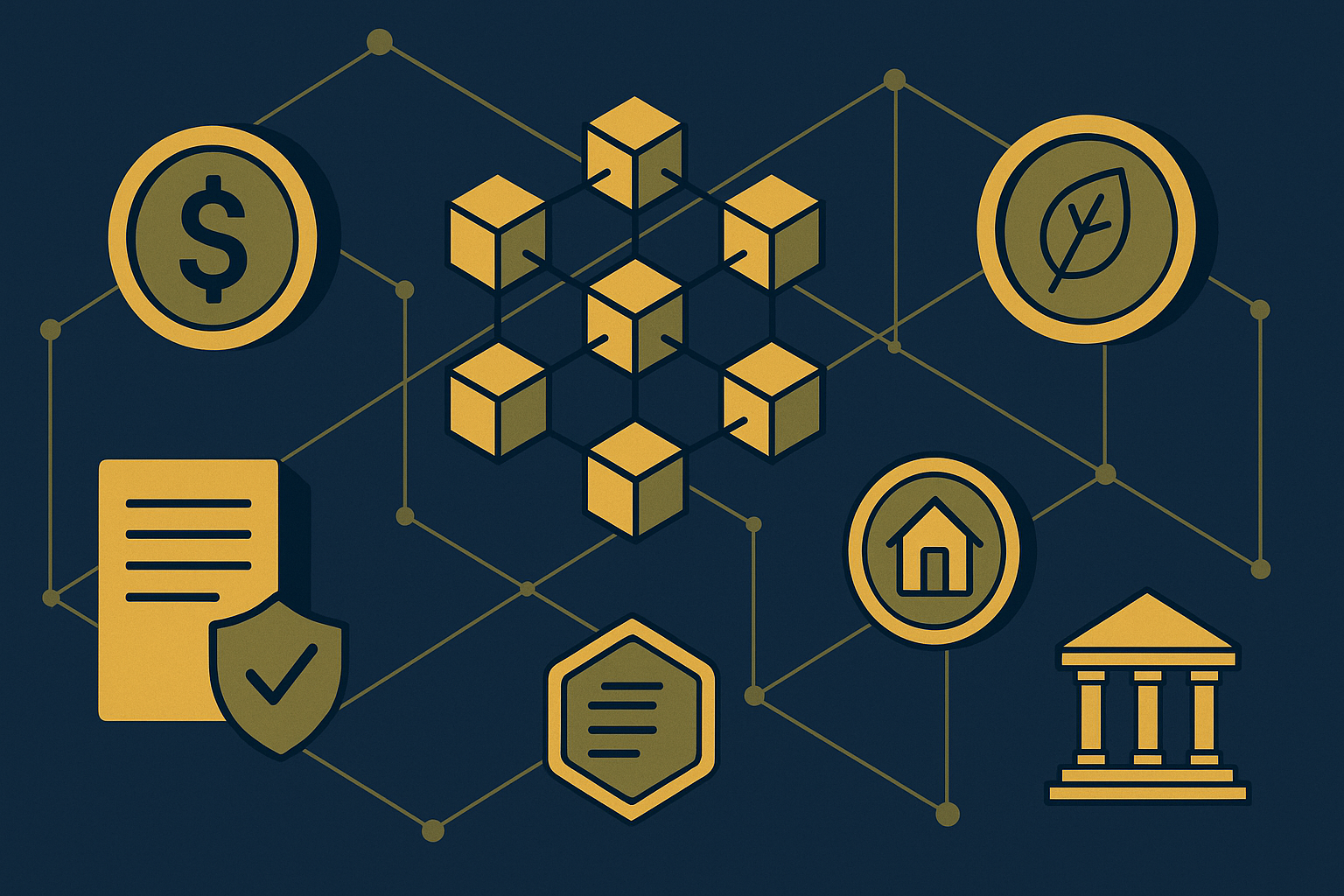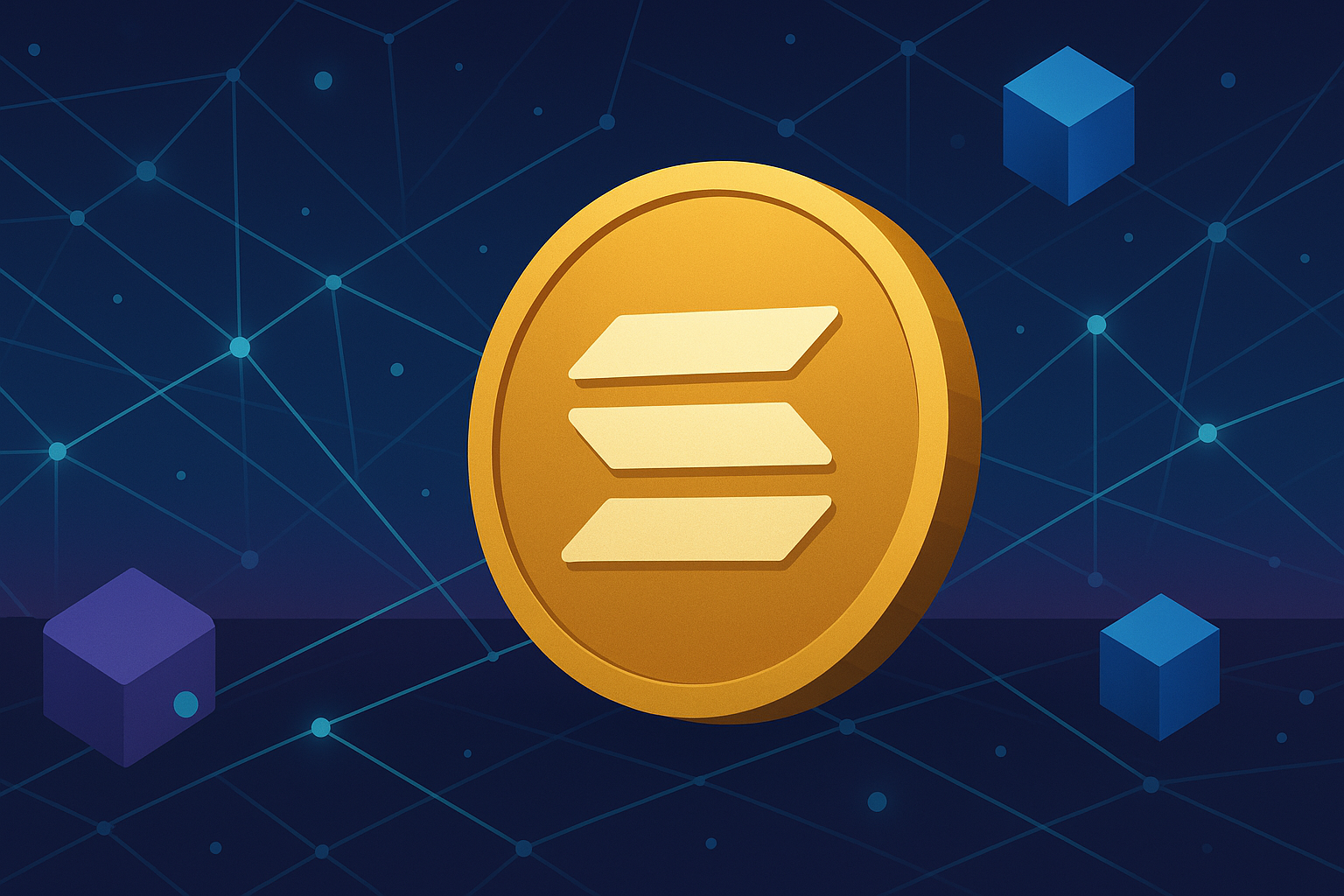
Solana promises blistering speed and low fees — qualities that make it an attractive platform for token launches, DeFi projects, and high-volume NFT platforms. But speed alone is not a substitute for careful engineering: token contracts, account layouts and program interactions must be designed specifically for Solana’s runtime and threat model if projects want to avoid costly exploits, downtime, or poor user experience. Expert Solana token development services bridge the gap between raw protocol capability and safe, highly performant production systems. This article explains how they do that — the architectural constraints they manage, the concrete security practices they apply, and the performance engineering techniques they use — illustrated with real incidents and practical recommendations you can apply today.
What makes Solana different: architecture that enables speed (and creates unique risks)
Solana’s performance comes from a stack of interlocking design choices: the Sealevel parallel runtime, a transaction forwarding model (Gulf Stream), a block propagation system (Turbine), and an on-chain runtime that compiles programs to BPF. Sealevel is the heart of this design: it allows validators to execute non-overlapping transactions in parallel across CPU cores, so long as they don’t touch the same writable accounts. That parallelism is a major reason Solana attains low confirmation latency and high throughput.
In practice this means that Solana token programs and the transactions that use them get to benefit from concurrency — but only if programs and client code are written so transactions operate on disjoint account sets when possible. Conversely, designs that force many transactions to touch the same account or use overly broad state structures will serialize execution and waste Solana’s parallelism. In short: Solana delivers raw speed, but token-level design must be optimized to take advantage of it.
Measured throughput and latency vary with network conditions and node hardware, but public dashboards frequently report Solana operating in the hundreds to thousands of transactions per second range, with block times well under a second under normal load — metrics that are orders of magnitude faster than many earlier chains. Those performance gains are material but must be preserved through careful token program design and testing.
The security landscape: exploits and network incidents that demonstrate risk
High throughput and novel runtime semantics also bring unique security hazards. Solana token development projects have been targeted by several high-impact exploits and operational incidents that illustrate the kinds of failures teams must plan for:
Smart-contract logic vulnerabilities. A prominent example is the Wormhole bridge exploit in February 2022, where an attacker abused a contract-level verification bug to mint wrapped Ethereum on Solana without proper backing — a loss in excess of $320 million. That incident highlights how subtle mistakes in signature verification, sysvar handling or instruction parsing can be catastrophic.
Operational and consensus halts. Solana has experienced network stalls and halts in the past; root causes have ranged from overloaded validators to bugs in program upgrade or execution paths. These incidents demonstrate why resilience engineering — monitoring, graceful degradation and restart plans — is essential for live token ecosystems. (A recent consolidated timeline and analysis of outages is helpful reading for teams building on Solana.)
These real events make plain that a token’s business logic, on-chain program code, and deployment/operations model must all be treated as first-class security risks. Expert development teams approach tokens as system engineering problems, not just “write a mint function and go live.”
What expert Solana token development services do (overview)
Experienced Solana token teams provide a layered set of services that directly improve both security and performance. These services include, but are not limited to:
Architecture and token-model design (choose between SPL token reuse, Token-2022 features, custom programs, metadata handling).
Secure program implementation (idiomatic Rust/BPF code, strict account ownership checks, PDA usage).
Performance engineering (account layout, minimizing cross-program invocations, enabling parallelizable transactions).
Automated testing and simulation (unit tests, local validator runs, transaction simulation, stress testing).
Security audits and formal verification (manual review, static analysis, fuzzing, formal methods where appropriate).
Deployment, observability and incident response (canary deployments, monitoring, on-chain telemetry).
Governance, upgradability and post-release support (multisigs, timelocks, bug-bounty programs).
Below we unpack the major service areas and show how each one yields measurable improvements in security and throughput.
Secure token architecture and program design
Reuse the SPL Token standard (when it fits)
The Solana Program Library (SPL) provides a battle-tested token program that implements standard minting, burning and account semantics. Reusing SPL (or the newer Token-2022 variant) avoids many common pitfalls, because these programs have been widely reviewed and are maintained by the ecosystem. Using SPL where it matches your requirements reduces attack surface versus writing bespoke minting logic.
Program Derived Addresses (PDAs) and ownership model
PDAs are the idiomatic way to create program-controlled accounts that cannot be claimed by external private keys. Expert teams design authority flows that use PDAs for escrow, fee vaults and state accounts, and enforce ownership checks on every instruction. Omitting explicit account-owner assertions is a frequent source of vulnerabilities; rigorous PDA patterns eliminate entire classes of privilege-escalation bugs.
Minimize shared writable state
Because Sealevel serializes transactions that write to the same state, carefully splitting state into multiple, purpose-specific accounts lets non-overlapping transactions run in parallel. For example, per-user token accounts (the SPL model) are preferable to a large single state blob with many user balances, which would force serialization and throttle throughput.
Upgradability vs immutability
Expert teams advise carefully about program upgradability. Upgradeable programs are helpful during development, but they increase attack surface in production if upgrade keys are compromised. Common patterns: use an initial multisig-protected upgrade authority, schedule upgrades through a timelock or governance process, and minimize the period during which a single key can alter program logic.
Input validation and sysvar handling
Many Solana vulnerabilities stem from malformed instruction data or misuse of sysvar accounts (clock, rent, instructions). Secure programs validate instruction sizes, assert expected sysvar addresses explicitly, and avoid deprecated helper functions that bypass verification — practices that directly prevented incidents like the Wormhole minting bug.
Performance engineering: getting the most from Sealevel and the runtime
Solana’s hardware-friendly model rewards token designs that are compute-efficient and parallelism-friendly. Key optimizations expert teams apply include:
Account access minimization. Each account a transaction touches increases the validator work per transaction. Token programs should only access accounts strictly required for an instruction. Combine this with careful client patterns (e.g., batching operations that share accounts when serialization is acceptable) to balance throughput and correctness.
Design for non-overlapping transactions. Where possible, create workflows that allow many users to transact against independent accounts. Example: per-user stake/escrow accounts instead of a centralized ledger. This enables Sealevel to execute many transactions at once.
Reduce cross-program invocations (CPIs). CPIs are powerful but costly in compute units. Audit and minimize CPIs — or move frequently-used helper logic into the same program when safe — to reduce transaction compute costs and latency.
Control compute units and use compute budgets smartly. Solana limits per-transaction compute units; expert devs measure compute usage per instruction, optimize hot paths, and provide meaningful fallbacks for operations that risk exceeding budgets.
Lean data layouts and serialization. Compact account state reduces storage rent and the CPU cost of serialization/deserialization. Use Rust’s safe, zero-copy patterns and fixed-size account structures where practical.
Asynchronous off-chain processing. Heavy tasks like metadata indexing and analytics should be offloaded to reliable off-chain services rather than on-chain programs to keep on-chain code fast and predictable.
Collectively, these optimizations preserve the high TPS potential of Solana and translate it into consistent, real-world user throughput and low UX latency.
Testing, audits and formal security engineering
No single technique prevents every bug. Expert Solana token development services compose multiple layers of validation:
Comprehensive unit and integration tests. Use local validators and test frameworks to exercise edge cases, including boundary conditions (max amounts, empty accounts) and interleaved transaction sequences to reveal race conditions.
Transaction simulation and fuzzing. Simulate sequences of user actions and fuzz instruction data to uncover how the program reacts to unexpected inputs.
Static analysis and linters tailored to Solana. Tools and internal lint rules catch unsafe API usage, unchecked account accesses, and anti-pattern constructs (e.g., missing owner checks).
Manual expert code review. A second pair of experienced eyes finds logic mistakes and protocol-level misunderstandings that tooling misses.
Independent third-party audit. Reputable security firms (Trail of Bits, CertiK, and others) perform multi-stage audits, combining manual review, automated tooling and remediation guidance. Public audit reports and remediation attestations significantly increase investor and user confidence.
Bug bounty programs and responsible disclosure. Post-audit, a continuous bounty program incentivizes the community to find remaining issues.
These layers reduce both the probability of exploitable bugs and the expected severity of any single issue.
Operational resilience: deployments, monitoring and incident readiness
Shipping secure code is only part of the story — operations matter. Expert providers set up:
Staged deployments and canaries. Roll out program upgrades to test validators or limited user cohorts first. If anything goes wrong, rollback paths and dual-program strategies provide escape hatches.
Monitoring and on-chain telemetry. Capture metrics such as compute units per block, failed transactions, and unusual account writes. Correlate on-chain anomalies with off-chain logs to speed triage.
Automated transaction simulation for high-risk paths. Before executing multi-sign or treasury changes, simulate transactions against a dry-run environment to ensure expected effects.
Incident response playbooks. Predefined sequences for isolating compromised keys, pausing mint functionality (via timelocks/multisig), and notifying stakeholders are crucial to minimizing damage.
Operational maturity — observability, runbooks and practiced incident drills — typically separates teams that survive an incident with dignity from those that sustain permanent reputational harm.
Case studies and lessons learned
Wormhole bridge exploit (February 2022)
Wormhole’s exploit shows how a single unchecked verification path can lead to enormous losses; it also underscores the complexity introduced by cross-chain interactions and sysvar usage. The post-mortem highlighted that careful verification of sysvar program accounts and avoidance of deprecated helper functions are essential. The Wormhole team’s response (reimbursement and updates) demonstrates the need for operational contingency plans and strong governance in token ecosystems.
SPL and ecosystem hardening
The Solana Program Library and the canonical SPL Token programs exist precisely because building and securing token logic from scratch is error-prone. Using SPL for standard token functions and then layering project-specific logic in separate audited programs yields better security outcomes than monolithic, bespoke implementations. The SPL repo and documentation reflect ongoing community review and are an important resource when designing a token.
These cases show both negative and positive lessons: reuse vetted primitives when available, and treat cross-program and cross-chain code as high-risk areas deserving extra scrutiny.
Practical checklist: what to require from a Solana token development partner
If you’re vetting vendors or hiring in-house expertise, require the following minimums:
Architecture review: A documented design that explains account model, PDAs, owner controls and upgrade strategy.
SPL alignment: Justification for using SPL vs custom token program (and for Token-2022 features if needed).
Test coverage: Unit, integration and stress tests with measurable coverage targets and simulation logs.
Audit plan: Engagement with a recognized third-party audit firm, with public report and remediation tracking.
Performance report: Benchmarks showing compute units per operation, expected latency and parallelization characteristics.
Operational readiness: Deployment strategy, monitoring dashboard, and incident response runbook.
Security processes: Static analysis, fuzzing, bug bounty program, and key-management policies (multisig, hardware keys).
Post-launch support: A remediation SLA and continuous monitoring for anomalous on-chain activity.
Meeting these checks materially reduces both exploit risk and the chance that a token will underperform in real-world usage.
Conclusion — aligning speed with safety
Solana’s architecture gives projects a high-performance substrate, but unlocking that value requires domain-specific engineering. Expert Solana token development services do more than implement token mints: they design account structures to exploit parallel execution, harden programs against protocol-specific threats, and instrument operations so that performance gains are real and sustainable. The difference between a token that simply “works” in quiet conditions and one that remains secure and responsive at scale is the presence of these expertise layers.
If your project cares about both throughput and trust, invest in teams and processes that understand Solana’s unique runtime semantics, follow rigorous security engineering practices, and bake performance optimization into the design from day one. Doing so saves money, prevents catastrophic losses, and — most importantly — delivers the fast, reliable user experience that the Solana ecosystem promises.









Write a comment ...